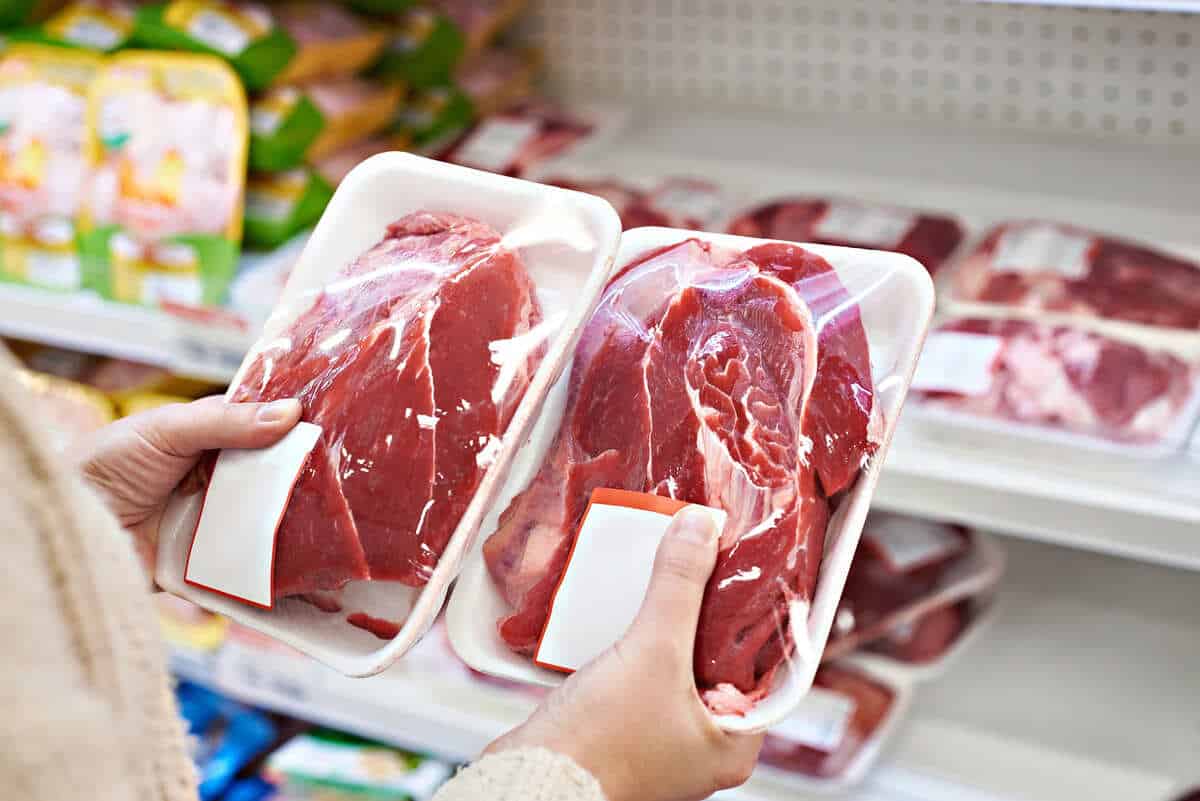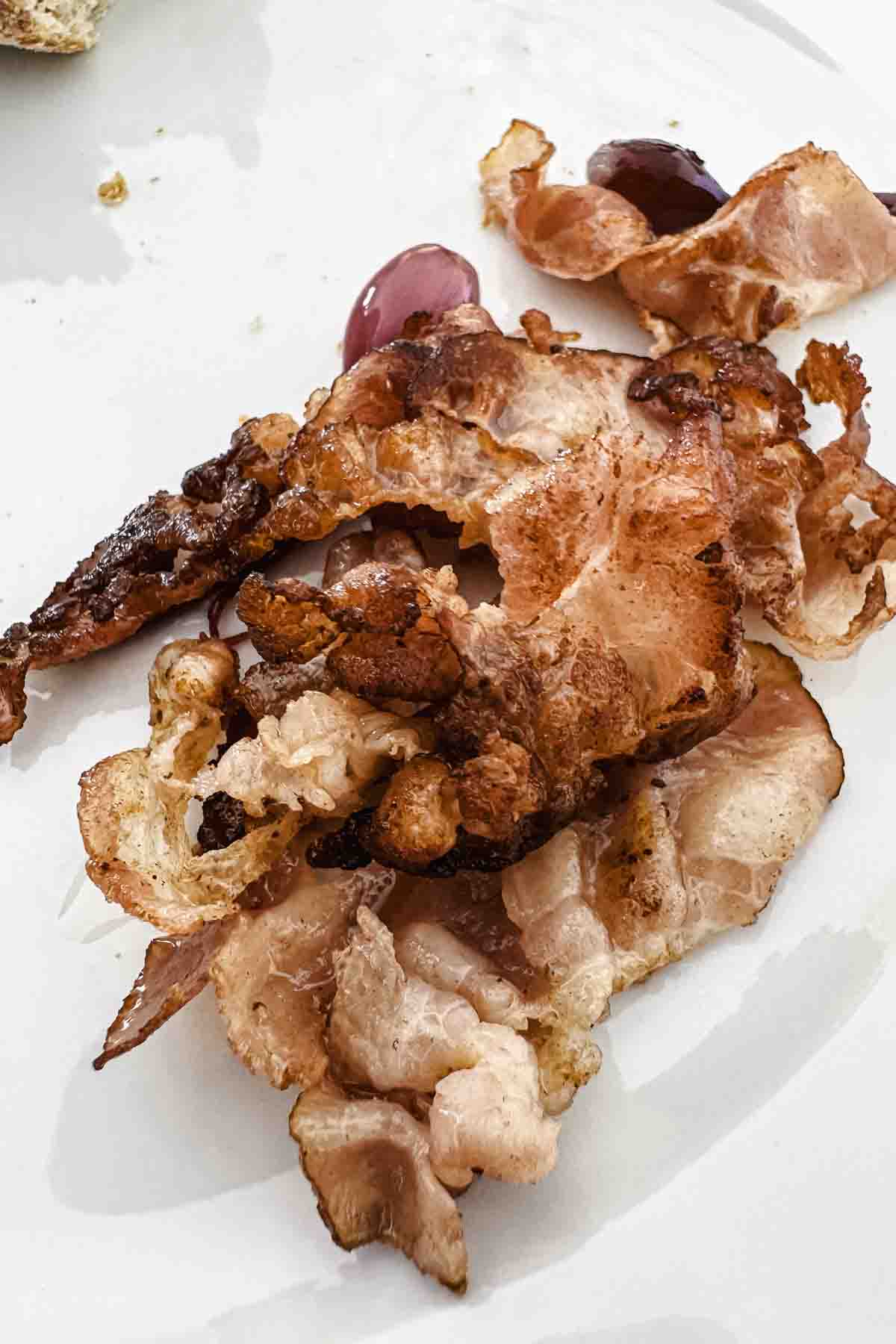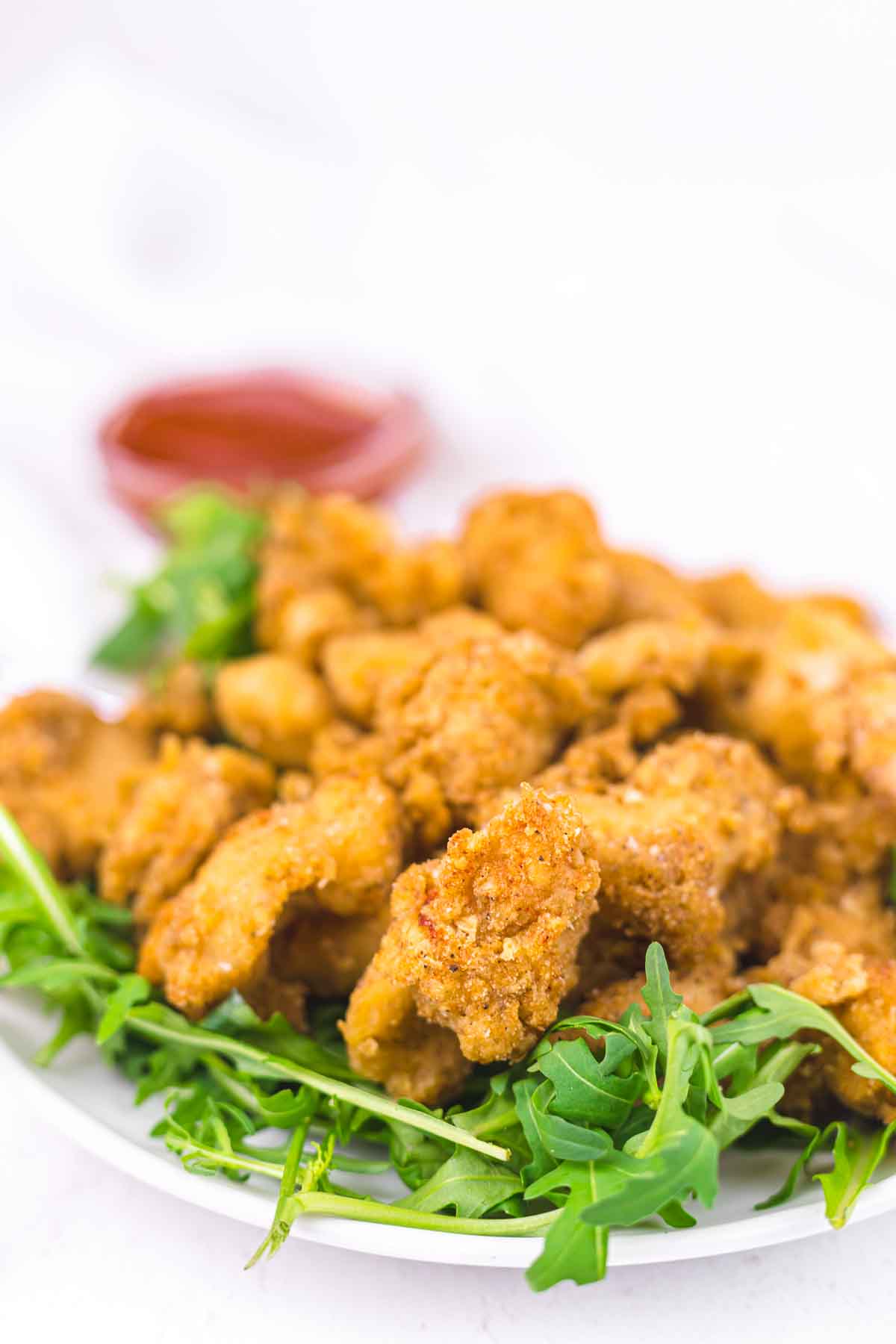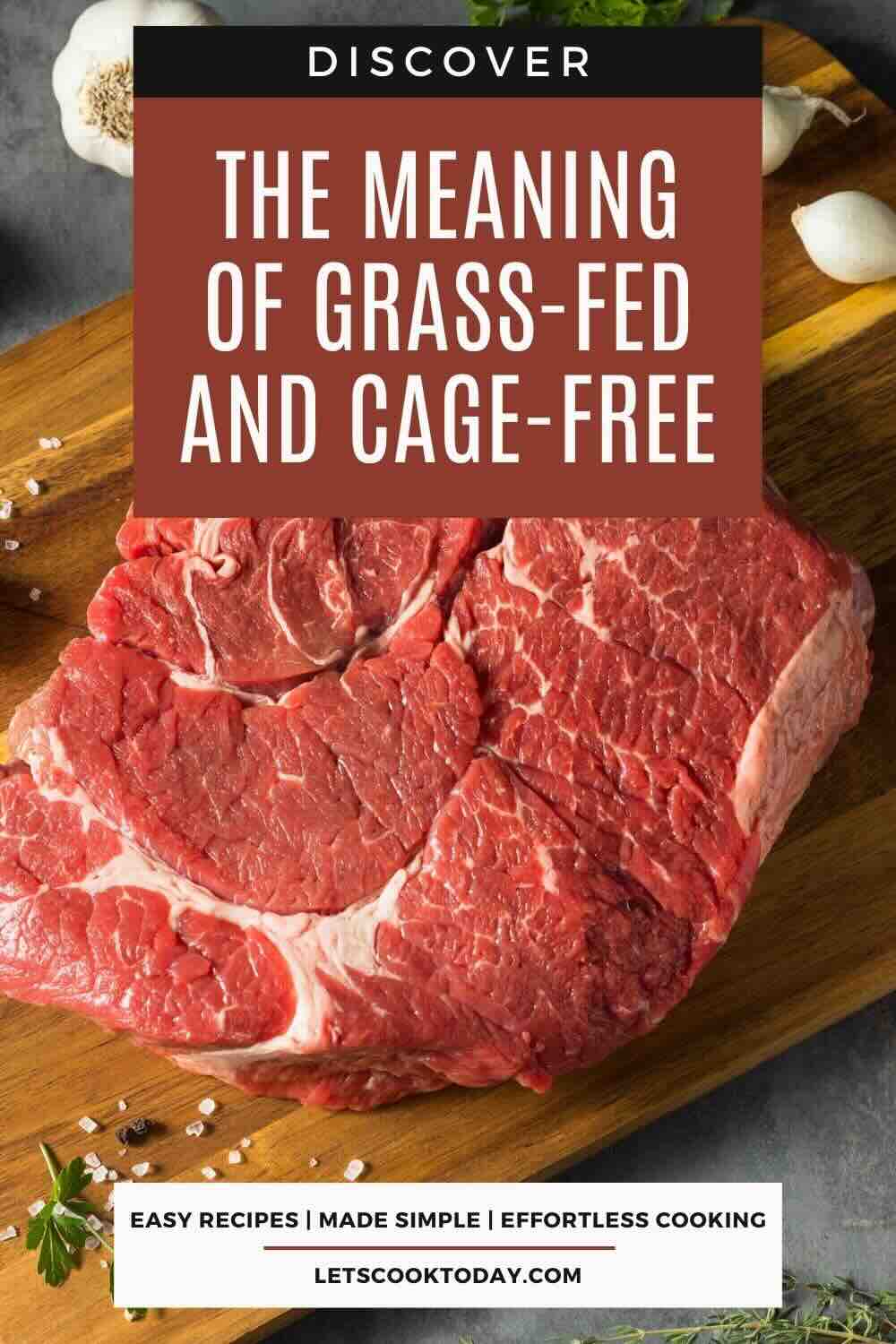Food labels can be confusing, especially when they’re loaded with terms like “grass-fed” and “cage-free.” It’s easy to assume they mean better, better for animals, better for me, but the reality is more nuanced. Once I started digging into what ‘grass-fed’ and ‘cage-free’ really mean on food labels, it changed the way I shop. I realized how much of my buying was based on assumptions, not facts, and how easy it is to miss what a label isn’t saying.

Knowing what these words really mean helps me spend more intentionally and feel better about what ends up in my cart. That shift in understanding starts with a closer look at what these terms actually mean in practice.

What ‘Grass-Fed’ Actually Means
When I see “grass-fed” on a beef label, I now know it refers to how the animal was raised, not just what it was fed. “Grass-fed” typically means the animal ate grass or forage for most of its life, rather than being fed grain in a feedlot. But unless the label says “100% grass-fed” or “grass-finished,” that animal may have still been grain-fed in the final months.
This matters for flavor, fat content and even nutrition. Grass-fed beef tends to be leaner and can have higher levels of omega-3 fatty acids. Some studies also suggest a more favorable ratio of healthy fats. But flavor-wise, it can be a little more gamey or earthy, which I don’t mind when I know what I’m getting.

What ‘Cage-Free’ Really Covers
“Cage-free” on an egg carton sounds straightforward, no cages, right? Kind of. It means the hens weren’t kept in battery cages, but it doesn’t mean they roamed free outdoors. In most cases, they’re housed in large indoor barns where they can move around but still live in close quarters.
If I want eggs from hens that actually go outside, I look for “pasture-raised” or “free-range” with a certified label. “Pasture-raised” usually indicates the birds had outdoor access for a set number of hours each day. It’s a step up, but it also costs more, and that’s something I weigh depending on how I’m using the eggs.

Is It Worth Paying More?
Well, it depends. Generally, it is important to think about how you’re going to use what you’re buying. If I’m making something where the flavor, texture or sourcing really shows up, like a steak dinner, a Sunday omelet or a cheese and charcuterie board, I try to go with products that have stronger sourcing claims and third-party certifications. That means looking for things like “100% grass-fed,” “grass-finished” or “Certified Humane.”
But if I’m baking a batch of muffins or buying eggs for scrambling on a weekday morning, I’m more flexible. I also consider price and availability. Sometimes, paying extra feels worth it because I’m voting with my dollar. Other times, I make the best choice I can in the moment and move on.
These labels don’t always guarantee better nutrition, but they do tell me something about how the animal was raised, and that holds value. That kind of transparency matters to me, especially when I’m trying to be intentional about how I eat and what I support. And when you can’t prioritize it, shop with curiosity and a willingness to keep learning, instead of getting stuck in assumptions or guilt.

Reading Between the Labels
I’m not aiming for perfection, just a little more clarity with every trip to the store. Knowing what “grass-fed” and “cage-free” really mean helps me make choices that feel grounded, not just good. Some weeks, I lean in. Other times, I let it go. But now, at least I know what I’m choosing, and that feels like a step in the right direction.
Pin and Come Back Anytime

Need Support or have Questions? Join us on Facebook.
Follow us on Pinterest, Instagram, TikTok, Flipboard, or YouTube.
For weekly New Recipes and a FREE E-Book get into our NEWSLETTER.